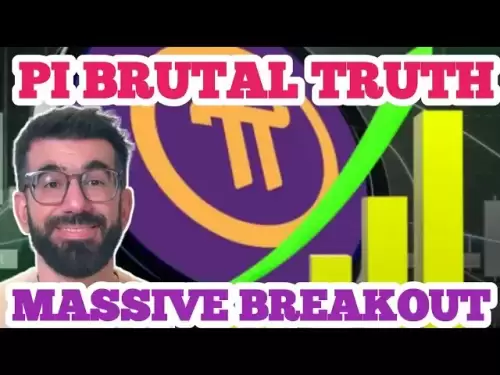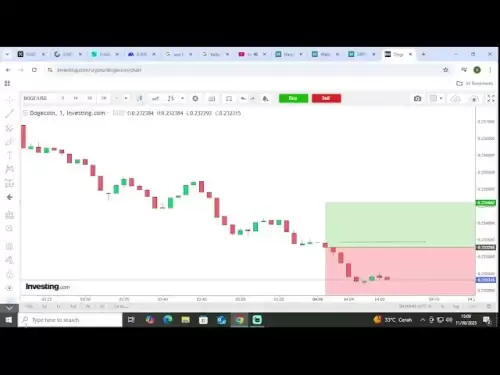-
 Bitcoin
Bitcoin $120100
1.16% -
 Ethereum
Ethereum $4329
2.25% -
 XRP
XRP $3.192
-0.22% -
 Tether USDt
Tether USDt $1.000
-0.01% -
 BNB
BNB $805.2
0.47% -
 Solana
Solana $178.7
-1.85% -
 USDC
USDC $0.9998
0.00% -
 Dogecoin
Dogecoin $0.2305
-1.62% -
 TRON
TRON $0.3445
1.17% -
 Cardano
Cardano $0.7940
-1.28% -
 Hyperliquid
Hyperliquid $44.44
-1.20% -
 Chainlink
Chainlink $21.86
-2.42% -
 Stellar
Stellar $0.4423
-0.15% -
 Sui
Sui $3.728
-3.84% -
 Bitcoin Cash
Bitcoin Cash $584.8
2.19% -
 Hedera
Hedera $0.2524
-2.87% -
 Ethena USDe
Ethena USDe $1.001
-0.02% -
 Avalanche
Avalanche $23.66
-0.78% -
 Litecoin
Litecoin $124.5
0.39% -
 Toncoin
Toncoin $3.399
1.77% -
 UNUS SED LEO
UNUS SED LEO $9.002
-0.44% -
 Shiba Inu
Shiba Inu $0.00001327
-2.10% -
 Uniswap
Uniswap $11.42
2.58% -
 Polkadot
Polkadot $3.957
-2.50% -
 Cronos
Cronos $0.1696
4.50% -
 Dai
Dai $1.000
0.00% -
 Ethena
Ethena $0.8139
3.04% -
 Bitget Token
Bitget Token $4.442
-0.38% -
 Monero
Monero $271.2
2.93% -
 Pepe
Pepe $0.00001168
-2.91%
How to use a stop loss order to limit potential losses?
Stop loss orders offer risk management for volatile markets by triggering buy or sell orders based on predetermined prices when market conditions match those parameters.
Feb 21, 2025 at 05:48 am
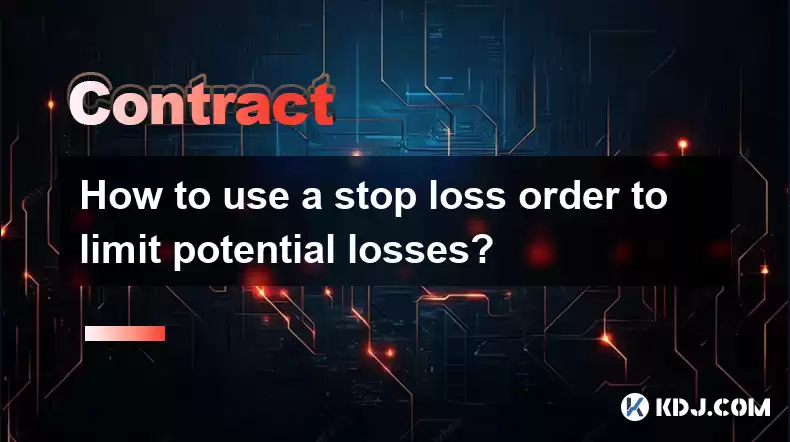
Key Points:
- Understanding stop loss orders
- Setting up a stop loss order
- Managing stop loss orders
- Evaluating stop loss effectiveness
Understanding Stop Loss Orders
A stop loss order is a conditional order placed with an exchange or broker to sell or buy an asset at a predetermined price when specific market conditions are met. Stop loss orders are primarily used to manage risk and prevent potential losses in volatile markets.
- Trigger Price: This is the price at which the stop loss order will be executed.
- Order Type: Stop loss orders can be market orders, limit orders, or stop-limit orders.
- Use Cases: Stop loss orders are commonly used to limit losses on long or short positions, to protect profits, or to re-enter a trade at a specific price point.
Setting Up a Stop Loss Order
- Identify Risk Tolerance: Determine the maximum amount you are willing to lose on a trade.
- Set the Trigger Price: Set the trigger price based on your risk tolerance and market conditions. Consider both the asset's volatility and the potential support or resistance levels.
- Choose Order Type: Select the order type that best aligns with your objectives. Market orders are executed immediately, while limit orders and stop-limit orders offer more control over execution price.
- Enter the Order: Input the stop loss order details, including the trigger price, order type, and order size, into the exchange or broker's platform.
Managing Stop Loss Orders
- Monitor Trigger Price: Regularly check market conditions to ensure that the trigger price remains appropriate.
- Adjust Trigger Price: Revise the trigger price if market conditions change significantly or if the asset's price moves rapidly.
- Modify Order Size: Increase or decrease the order size based on the risk-reward trade-off and current market conditions.
- Cancel Order: Cancel the stop loss order if the trade setup becomes invalid or if the asset's price moves too far away from the trigger price.
Evaluating Stop Loss Effectiveness
- Backtesting: Test the stop loss strategy using historical market data to assess its effectiveness under various market conditions.
- Live Tracking: Monitor the stop loss order in real-time to ensure that it is executed as intended.
- Success Rate: Calculate the percentage of stop loss orders that successfully protected profits or limited losses.
- Slippage: Consider the potential for slippage between the trigger price and the actual execution price, especially in volatile markets.
FAQs
- What is the difference between a stop loss order and a take profit order?
A stop loss order is used to limit losses, while a take profit order is used to secure profits. - Can stop loss orders guarantee against losses?
No, stop loss orders do not guarantee against losses, as market conditions can change rapidly and execution may not occur exactly at the trigger price. - What are the disadvantages of using stop loss orders?
Stop loss orders can trigger false signals, especially in volatile markets, leading to premature exits. They can also lock in losses if the market trend reverses. - How often should I adjust my stop loss order?
The frequency of adjustment depends on market volatility and the specific asset being traded. Adjust the stop loss order whenever market conditions change significantly or when the asset's price approaches the trigger price.
Disclaimer:info@kdj.com
The information provided is not trading advice. kdj.com does not assume any responsibility for any investments made based on the information provided in this article. Cryptocurrencies are highly volatile and it is highly recommended that you invest with caution after thorough research!
If you believe that the content used on this website infringes your copyright, please contact us immediately (info@kdj.com) and we will delete it promptly.
- Bitcoin, Solana, MAGACOIN FINANCE: Navigating the 2025 Crypto Landscape
- 2025-08-12 00:30:13
- Cardano, ADA Holders, and Layer Brett: A Meme Coin with Real Utility?
- 2025-08-12 00:50:12
- Bitcoin, Michael Saylor, and Savvy Investors: A New Era of Digital Assets
- 2025-08-12 00:30:13
- Crypto Presales in 2025: Spotting the Next Big Thing with Analyst Insights
- 2025-08-12 00:50:12
- Cloud Mining in 2025: Bitcoin, Litecoin, and the Quest for Passive Income
- 2025-08-12 00:55:32
- Token Security, Agentic AI, Cybersecurity Guide: Navigating the New Frontier
- 2025-08-11 23:00:12
Related knowledge
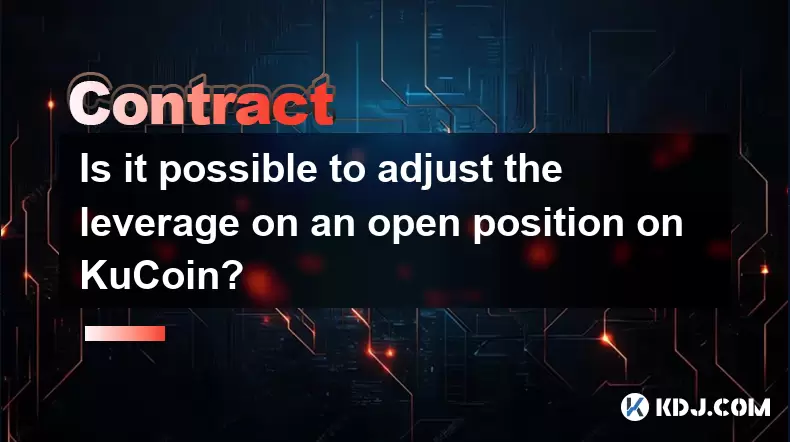
Is it possible to adjust the leverage on an open position on KuCoin?
Aug 09,2025 at 08:21pm
Understanding Leverage in KuCoin Futures TradingLeverage in KuCoin Futures allows traders to amplify their exposure to price movements by borrowing fu...

What cryptocurrencies are supported as collateral on KuCoin Futures?
Aug 11,2025 at 04:21am
Overview of KuCoin Futures and Collateral MechanismKuCoin Futures is a derivatives trading platform that allows users to trade perpetual and delivery ...
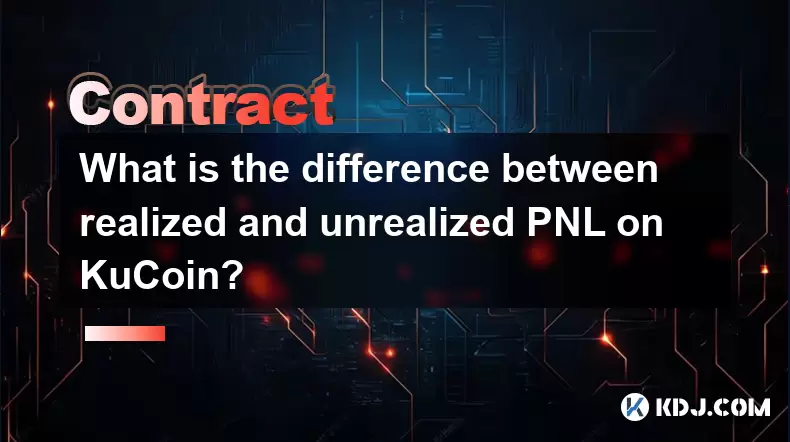
What is the difference between realized and unrealized PNL on KuCoin?
Aug 09,2025 at 01:49am
Understanding Realized and Unrealized PNL on KuCoinWhen trading on KuCoin, especially in futures and perpetual contracts, understanding the distinctio...

How does KuCoin Futures compare against Binance Futures in terms of features?
Aug 09,2025 at 03:22am
Trading Interface and User ExperienceThe trading interface is a critical component when comparing KuCoin Futures and Binance Futures, as it directly i...
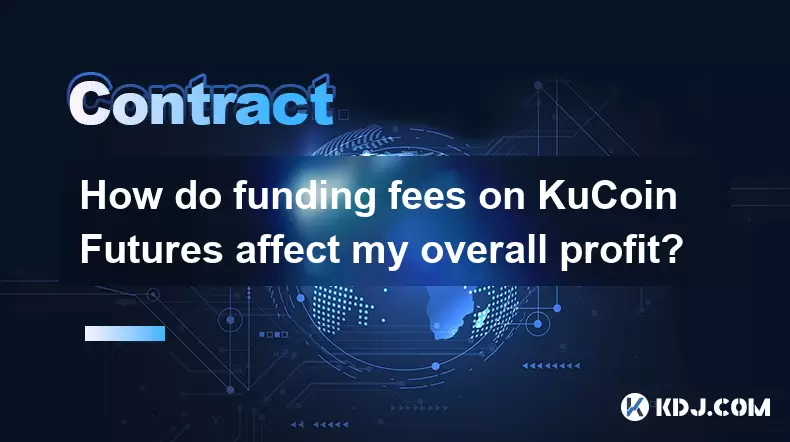
How do funding fees on KuCoin Futures affect my overall profit?
Aug 09,2025 at 08:22am
Understanding Funding Fees on KuCoin FuturesFunding fees on KuCoin Futures are periodic payments exchanged between long and short position holders to ...
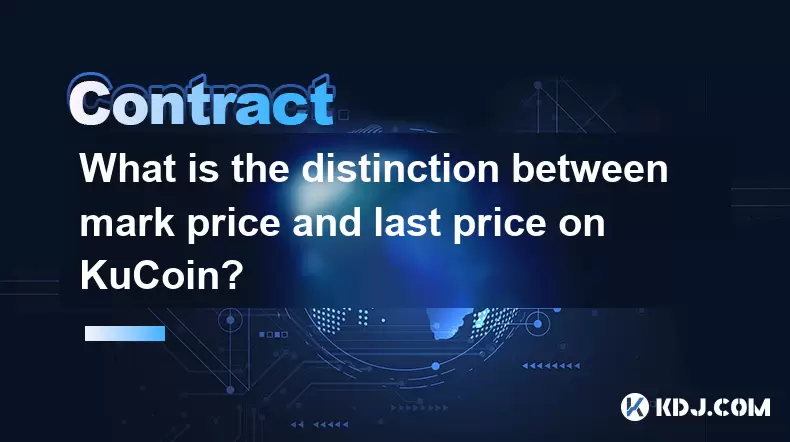
What is the distinction between mark price and last price on KuCoin?
Aug 08,2025 at 01:58pm
Understanding the Basics of Price in Cryptocurrency TradingIn cryptocurrency exchanges like KuCoin, two key price indicators frequently appear on trad...

Is it possible to adjust the leverage on an open position on KuCoin?
Aug 09,2025 at 08:21pm
Understanding Leverage in KuCoin Futures TradingLeverage in KuCoin Futures allows traders to amplify their exposure to price movements by borrowing fu...

What cryptocurrencies are supported as collateral on KuCoin Futures?
Aug 11,2025 at 04:21am
Overview of KuCoin Futures and Collateral MechanismKuCoin Futures is a derivatives trading platform that allows users to trade perpetual and delivery ...

What is the difference between realized and unrealized PNL on KuCoin?
Aug 09,2025 at 01:49am
Understanding Realized and Unrealized PNL on KuCoinWhen trading on KuCoin, especially in futures and perpetual contracts, understanding the distinctio...

How does KuCoin Futures compare against Binance Futures in terms of features?
Aug 09,2025 at 03:22am
Trading Interface and User ExperienceThe trading interface is a critical component when comparing KuCoin Futures and Binance Futures, as it directly i...

How do funding fees on KuCoin Futures affect my overall profit?
Aug 09,2025 at 08:22am
Understanding Funding Fees on KuCoin FuturesFunding fees on KuCoin Futures are periodic payments exchanged between long and short position holders to ...

What is the distinction between mark price and last price on KuCoin?
Aug 08,2025 at 01:58pm
Understanding the Basics of Price in Cryptocurrency TradingIn cryptocurrency exchanges like KuCoin, two key price indicators frequently appear on trad...
See all articles























